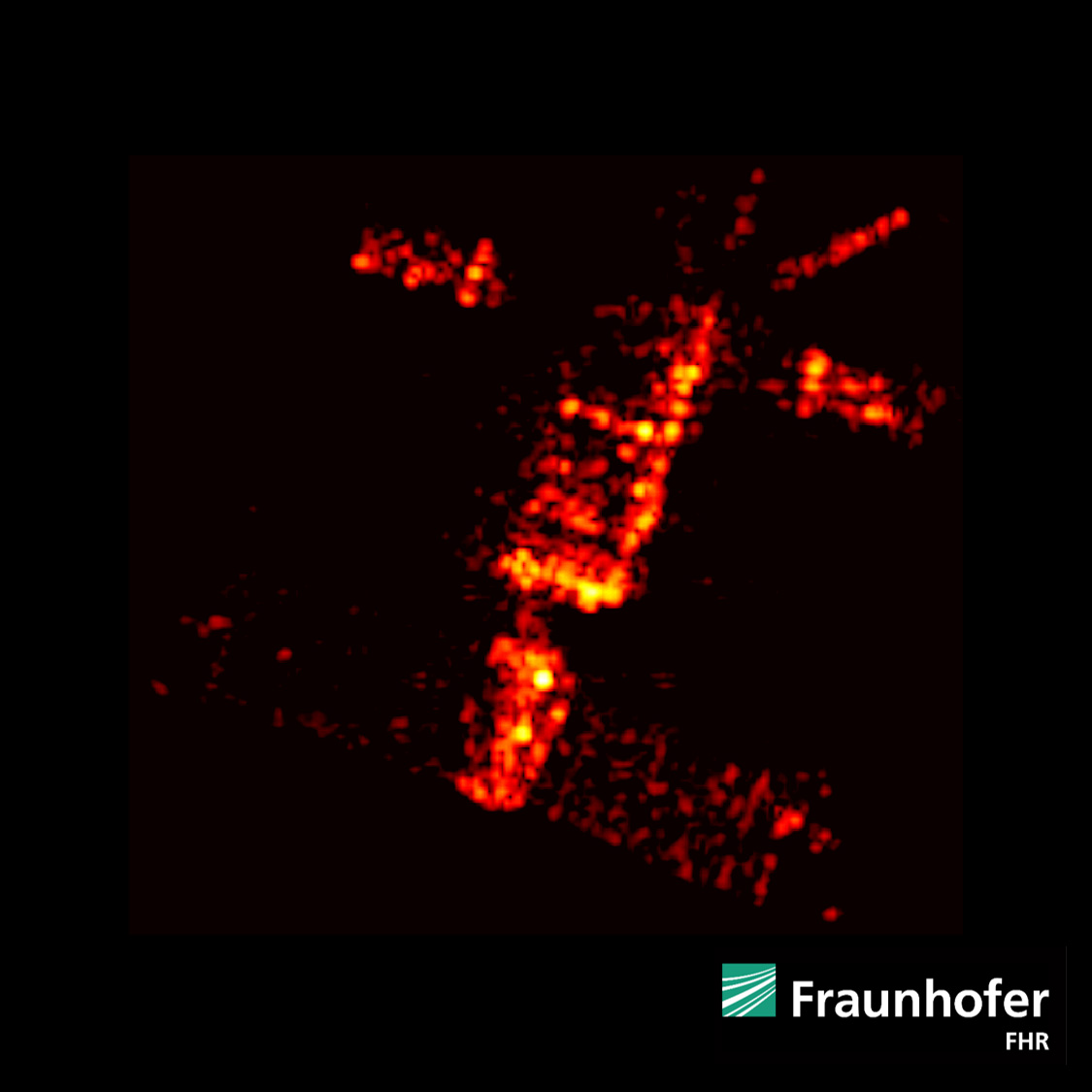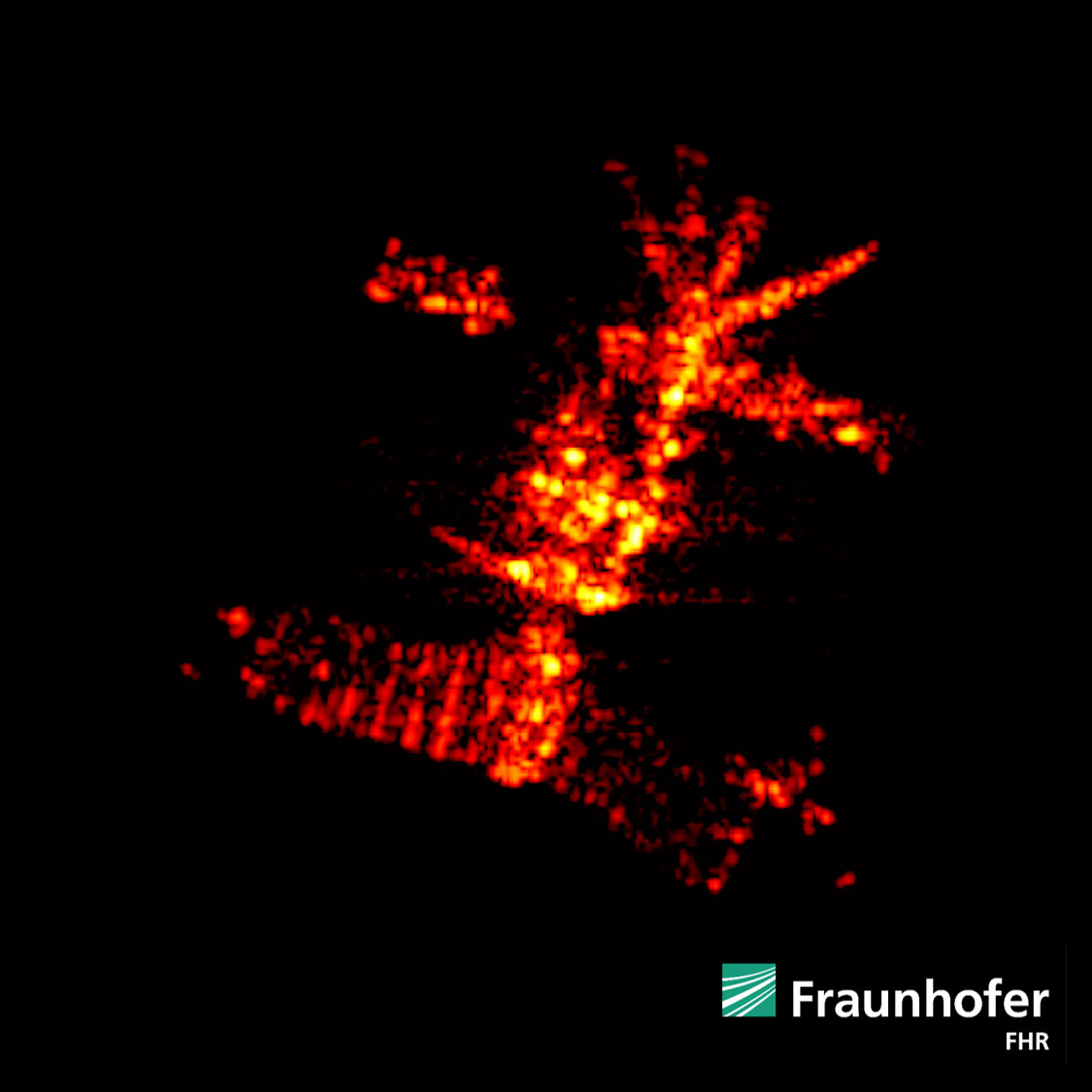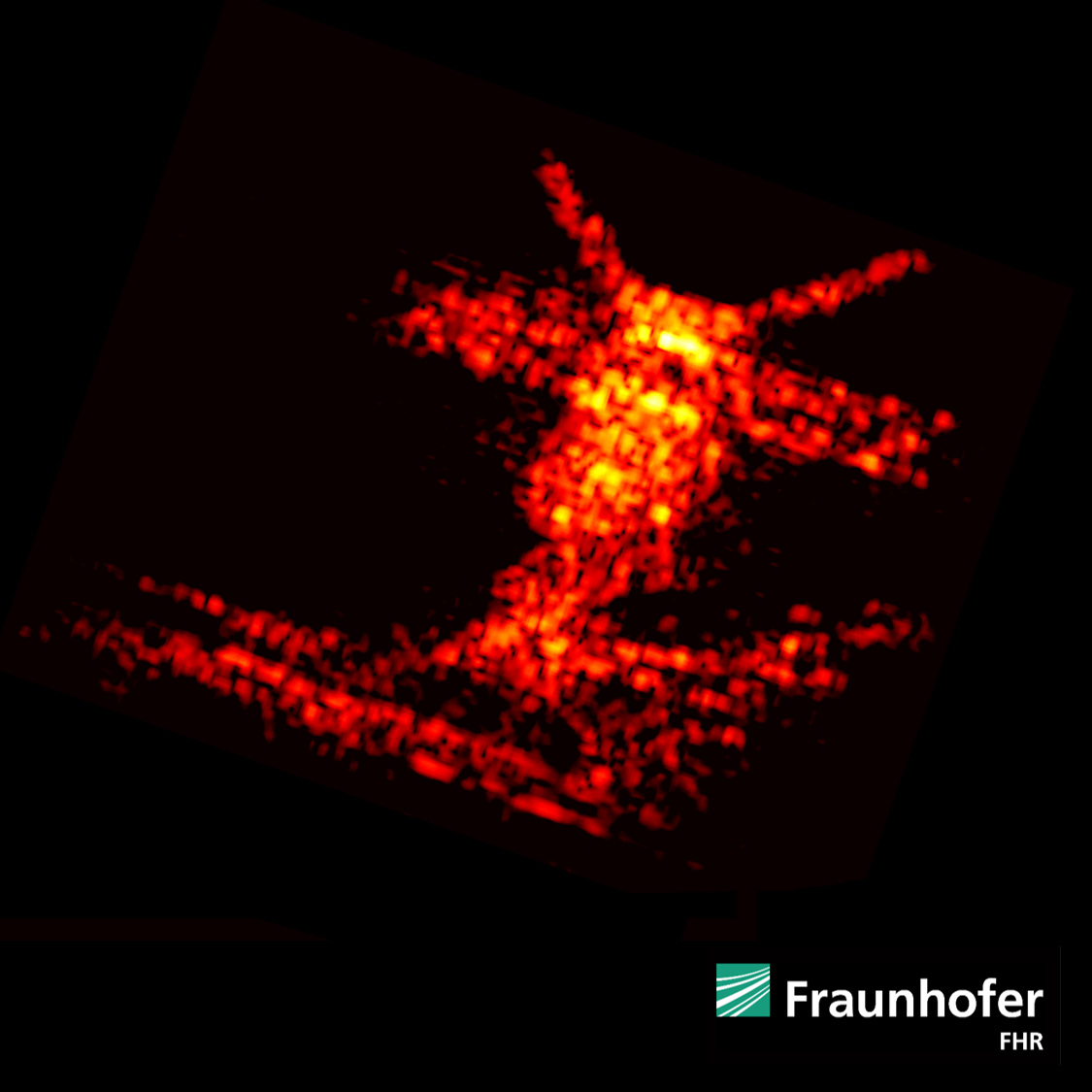ESA satellite ERS-2 breaks earlier than expected
The TIRA space observation radar accompanied the re-entry of the ERS-2 satellite on behalf of the ESA and the German Space Situa-tional Awareness Centre.
The European Space Agency (ESA) and the joint Space Situational Awareness Centre commissioned Fraunhofer FHR to accompany the re-entry of the retired ERS-2 satellite. With its unique space observation radar TIRA (Tracking and Im-aging Radar), the final orbits were measured with high precision and the last images of ERS-2 were generated. For the first time, changes in the structure during re-entry were captured in images.



After an extremely successful mission and nearly 30 years in orbit, ESA's ERS-2 entered the atmosphere on February 21, 2024, at around 6:17 p.m. CET (5:17 p.m. UTC). Prior to that, researchers from the Fraunhofer Institute for High-Frequency Physics and Radar Techniques (FHR) had measured the ESA satellite several times for about a week. The last images of ERS-2 tumbling through the sky were recorded by the 34-meter antenna system of TIRA around 8:00 a.m. CET on February 21, about 10 orbits before re-entry. Interestingly, the solar panels of ERS-2 appear to be already bent and partially detached from the rest of the satellite at that time. "In our data, we can see a clear bend in the solar panels on the one hand, and artifacts that could be caused by rapid uncontrolled 'fluttering' on the other hand," says Felix Rosebrock, radar expert at Fraunhofer FHR. "This is particularly remarkable since changes to the structure were captured in images for the first time during re-entry."
When predicting the re-entry trajectory of a satellite, analysts treat it as a rigid object until the end. If the solar panel of ERS-2 was already loose and movable at an earlier stage, the satellite's orbit could have been influenced in an unpredictable way by atmospheric friction. The experts are now analyzing the data collected during the re-entry of ERS-2 to confirm the early damage to the solar panels. If this is related to the fact that the re-entry occurred slightly later than predicted, this research could help improve predictions of future natural re-entries.